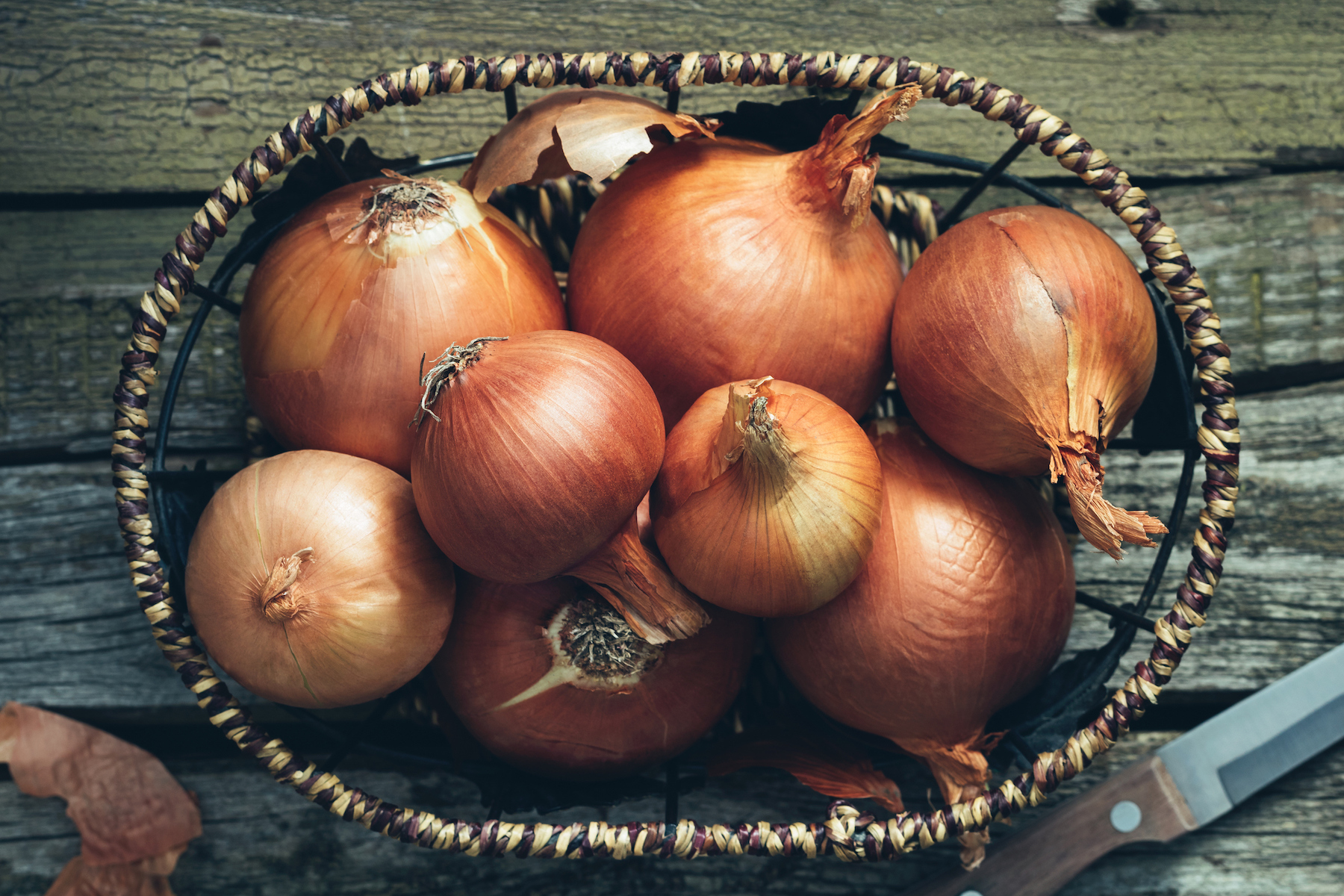

inermis) extract on beef meat quality during chilled storage. Jridi et al., Effects of active gelatin coated with henna ( L. 60(1), 615–622 (2015)ĪOCS, Official methods and recommended practices of the AMOS. Volpe et al., Active edible coating effectiveness in shelf-life enhancement of trout (Oncorhynchusmykiss) fillets. Hossain et al., Enrichment and assessment of the contributions of the major polyphenols to the total antioxidant activity of onion extracts: A fractionation by flash chromatography approach. Gonzalez-Aguilar, Quantification of flavonoids, total phenols and antioxidant properties of onion skin: a comparative study of fifteen Indian cultivars. Khoshakhlagh et al., Development and characterization of electrosprayed Alyssum homolocarpum seed gum nanoparticles for encapsulation of d-limonene. Monjazeb Marvdashti et al., Optimization of edible Alyssum homalocarpum seed gum-chitosan coating formulation to improve the postharvest storage potential and quality of apricot ( Prunus armeniaca L.). Razavi, Fabrication of cress seed gum nanoparticles, an anionic polysaccharide, using desolvation technique: An optimization study. Goli, Physicochemical properties of fried shrimp coated with bio-nano-coating containing eugenol and Aloe vera. Hosseinialhashemi et al., The aplication of Pistacia khinjuk extract nanoemulsion in a biopolymeric coating to improve the shelf life extension of sunflower oil. Fooladi, Shirazi balangu ( Lallemantia royleana) seed mucilage: chemical composition, molecular weight, biological activity and its evaluation as edible coating on beefs. Yazdan-Bakhsh et al., Evaluation of antioxidant properties of Heracleum Lasiopetalum extract in multilayer nanoemulsion with biopolymer coating to control oxidative stability of sunflower oil. Kenari et al., Optimization of Iranian golpar ( Heracleum persicum) extract encapsulation using sage ( Salvia macrosiphon) seed gum: chitosan as a wall materials and its effect on the shelf life of soybean oil during storage. Razavi et al., Fabrication of zein/alginate delivery system for nanofood model based on pumpkin. Manohar et al., Antioxidant activity of polyphenols from Ontario grown onion varieties using pressurized low polarity water technology. Carbó, Antimicrobial and antioxidant activity of crude onion ( Allium cepa, L.) extracts. Milea et al., Widen the functionality of flavonoids from yellow onion skins through extraction and microencapsulation in whey proteins hydrolysates and different polymers. Veterinary Research Forum (Faculty of Veterinary Medicine, Urmia University, Urmia, 2018). Mehdizadeh, Preservative Effects of Sumac Hydro-Alcoholic Extract and Chitosan Coating Enriched along with Zataria Multiflora Boiss Essential Oil on the Quality of Beef during Storage. Esmaeili et al., Comparison of coating and nano-coating of chitosan- Lepidium sativum seed gum composites on quality and shelf life of beef. Selomulya, Microencapsulation of active ingredients in functional foods: from research stage to commercial food products. Tometri et al., Extraction and encapsulation of Laurus nobilis leaf extract with nano-liposome and its effect on oxidative, microbial, bacterial and sensory properties of minced beef. ŞiMşek, Antioxidant and antimicrobial potential of artichoke ( Cynara scolymus L.) extract in beef patties. This study confirmed that the encapsulated ROE in AH: LS coating, is a potential coating to improve the quality and shelf life of beef fillet.
#ONION SHELF LIFE FREE#
Also, free ROE showed good preservative than 200 ppm of synthetic BHT preservative. Our results indicated that encapsulated ROE in AH: LS coating was more efficient in retardation of microbial chemical reactions of coated meat fillet and the shelf life was extended from 4 to 16 days due to inhibition of bacterial growth, reduction in pH, peroxide value, thiobarbituric value and microbial growth.

The chemical, microbial and sensory properties of beef fillets were monitored at days 0, 4, 8, 12, 16, and 20 of storage at 4 ☌.

Further, the DPPH and FRAP assay showed that ROE at 1600 ppm exhibited highly antioxidant potential (DPPH = 88.36%, FRAP = 35.42%), and used for encapsulation. In the first step, the total phenolic content (TPC), total flavonoid content (TFC), and antioxidant activity of ROE were characterized. In this study, Alyssum homolocarpum (AH) and Lepidium sativum seed gum (LS) at different ratios 1:0, 1:1, and 0:1 utilized to encapsulate red onion extract (ROE).


 0 kommentar(er)
0 kommentar(er)
